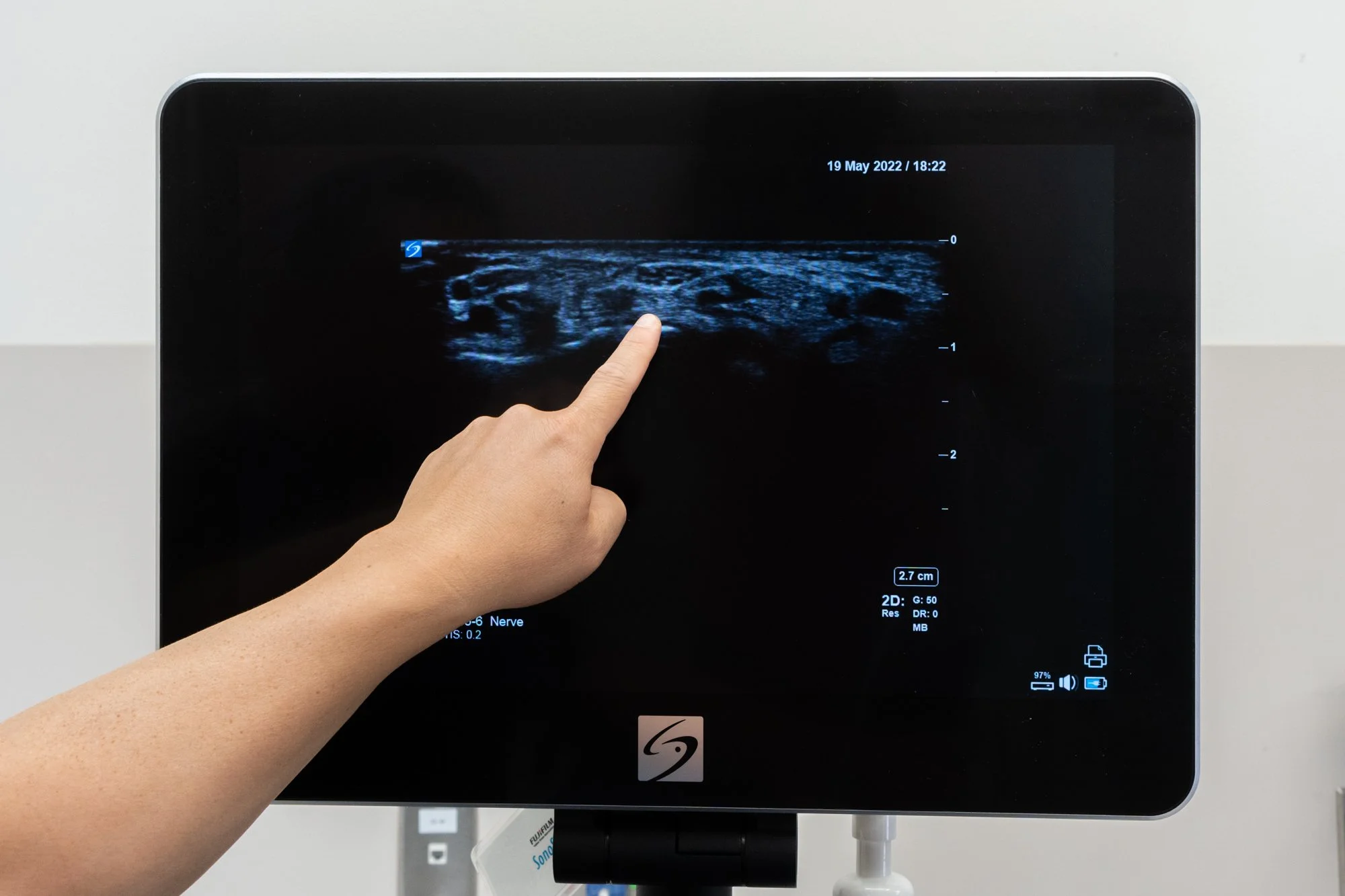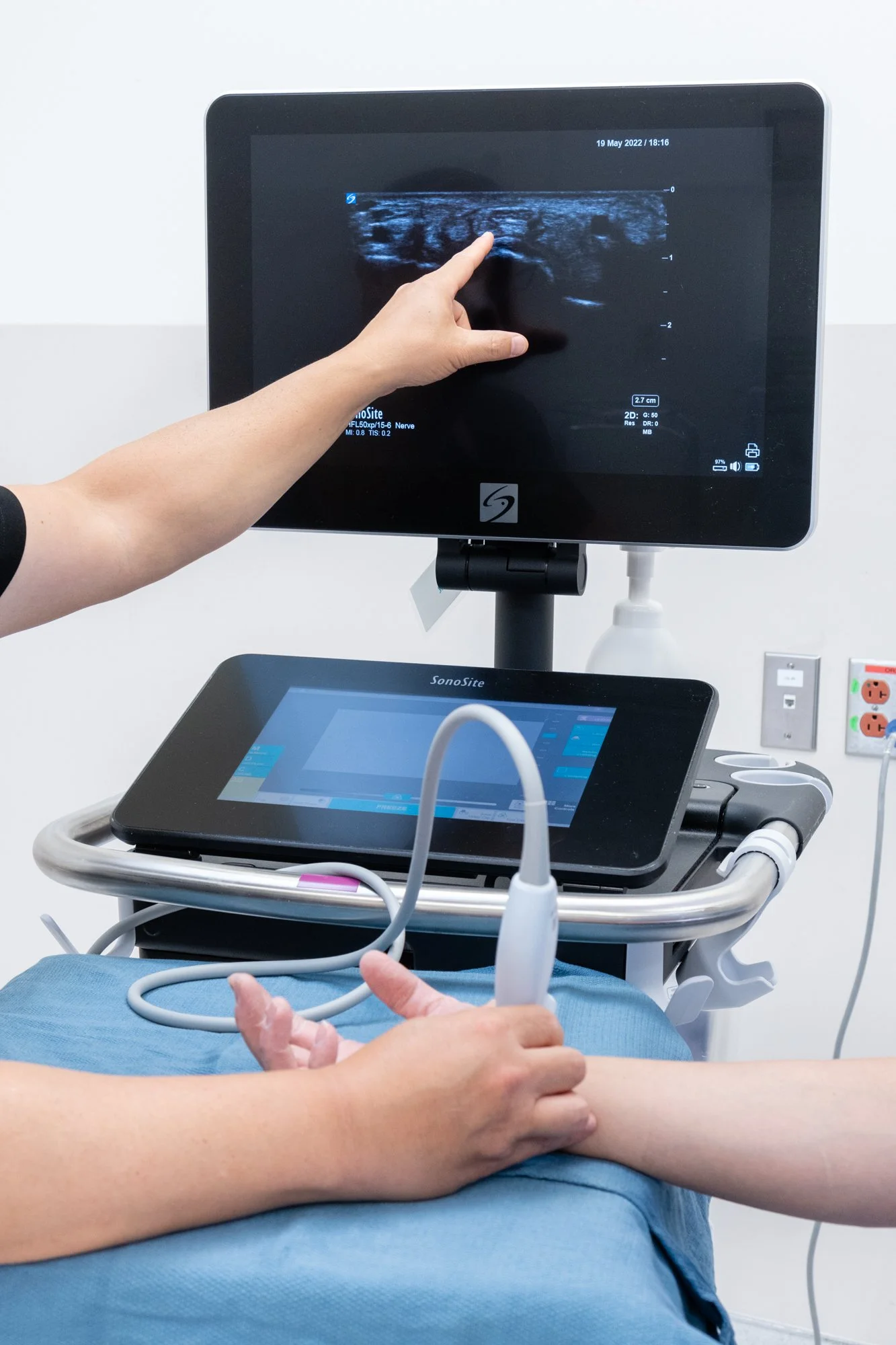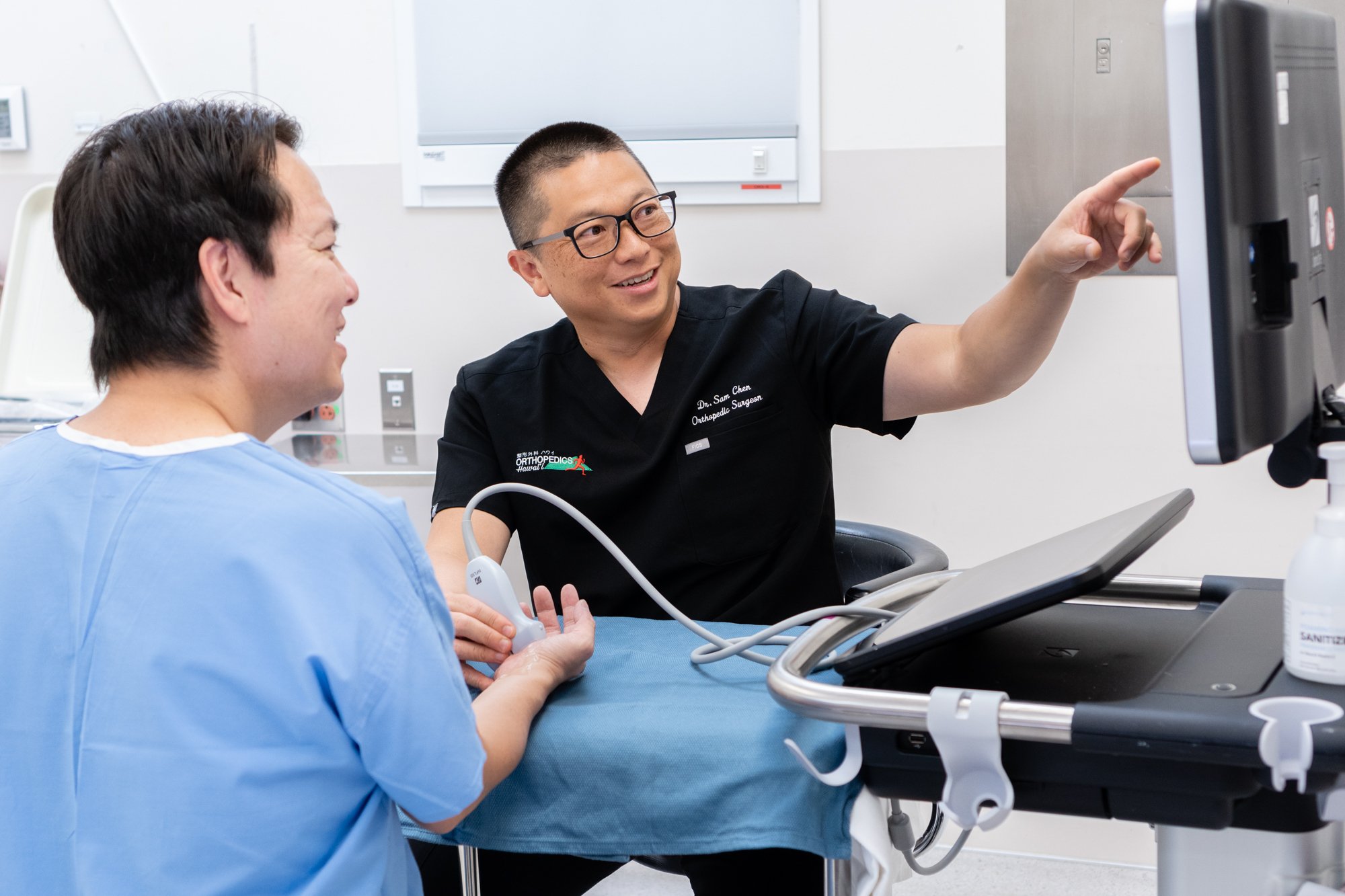Ultrasound vs MRI: Top 3 Reasons Ultrasound is a Better Option
When it comes to medical imaging, there are various techniques available, each with its strengths and applications. Two commonly used methods are ultrasound and magnetic resonance imaging (MRI). While both serve important roles in healthcare, ultrasound stands out as a superior option in certain situations. In this blog, we will explore the top three reasons why ultrasound is often the preferred choice over MRI.
1) Accessibility and Real-Time Imaging
One significant advantage of ultrasound is its accessibility and real-time imaging capabilities. Unlike MRI, which requires specialized facilities and scheduling, ultrasound can be performed in various settings, including Orthopedics Hawaii. Ultrasound machines are portable and readily available, allowing for immediate imaging during a patient's visit. This real-time aspect is particularly beneficial in emergency situations or when immediate visualization is crucial for accurate diagnosis and prompt decision-making.
2) Non-Invasive and Lack of Radiation
Ultrasound is a non-invasive imaging modality that uses high-frequency sound waves to produce images. It does not involve radiation, making it a safer option compared to MRI, which utilizes strong magnetic fields and radio waves. This inherent safety makes ultrasound suitable for all individuals, including pregnant women and children. It can be used repeatedly without any known risks or side effects. The absence of radiation also eliminates the need for any special precautions or recovery time after the procedure.
3) Dynamic Assessment of Soft Tissues
Ultrasound shines when it comes to assessing soft tissues, such as muscles, tendons, ligaments, and organs. It provides dynamic imaging capabilities, allowing healthcare professionals to examine these structures in real-time. This real-time imaging is particularly useful for assessing movement, blood flow, and function. For example, during a musculoskeletal examination, ultrasound can visualize tendon or ligament tears, guide injections precisely, or monitor joint movements. This dynamic assessment empowers healthcare providers to make immediate and accurate diagnoses, facilitating timely treatment decisions.
While MRI has its merits, ultrasound offers distinct advantages that make it a better option in certain scenarios. Its accessibility, real-time imaging capabilities, non-invasiveness, and absence of radiation make it an attractive choice for many patients and healthcare professionals. With its ability to provide immediate visualization, ultrasound excels in emergency situations and when quick decision-making is critical.
Furthermore, its dynamic assessment of soft tissues enables detailed evaluation of movement and function. Ultimately, the choice between ultrasound and MRI depends on the specific clinical requirements, but ultrasound's unique strengths make it a preferred option in numerous cases, enhancing patient care and expediting diagnosis and treatment processes.
How does Orthopedics Hawaii use Ultrasound?
During your appointment, your orthopedic doctor may use ultrasound to:
Diagnose Soft Tissue Injuries
Evaluate Joint Conditions
Guide Injections and Aspirations
Monitor Treatment Progress
And more
Ultrasounds use high frequency sound waves to produce detailed images of structures within the body. Unlike x-rays, they do not emit radiation so they are safe for everyone including children and pregnant women.
Please learn more about ultrasound and how we use it to help our patients in our blog “Harnessing the Power of Ultrasound.”
How Can Orthopedics Hawaii Help?
Are you experiencing pain or have you suffered an injury? We offer same-day appointments with an Orthopedic Surgeon. Please schedule your doctor visit by calling (808) 744-3360 or sending an email to aloha@orthopedicshi.com.



